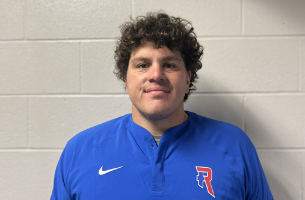STATE WIDE–Zoom meetings have become the norm for some people who cannot go to their offices and meet with people in person. But, it’s not a traditional way to communicate and for some people is not a long-term substitute for in-person meetings.
“People are starting to get used to it,” said Kevin Eikenberry, a remote work trainer with the Kevin Eikenberry Group in Indianapolis. “I think for the first couple of weeks people were operating on adrenaline and they were figuring it out as they went.”
Zoom meetings, video chats and other applications are being used not just for work, but for school. State Superintendent of Public Instruction Dr. Jennifer McCormick said in a Tuesday news conference, not coincidentally via video teleconference, that schools around the state have been thrust into an e-learning environment.
Before the coronavirus pandemic, only about one quarter of schools in Indiana had ever used e-learning.
“We’re now in the situation where we’ve asked another 75 percent of our schools to jump on board and that is a huge lift for many of our districts,” she said.
While the technology has been a barrier for some districts, others have had to figure just how to use the technology to teach and learn effectively.
“Although they are very tech savvy doesn’t mean they are good tech learners. So, we are really working with districts to provide resources, to provide professional development,” said McCormick. “But, the quality of it, we know we have some work to do, a lot of that is dependent upon the professional development that’s available, leadership, the buy-in from the teachers, the buy-in from the community and the buy-in from the students.”
While the buy-i may be different for every student and teacher, Eikenberry says we are in new territory, be it work or school, and the teleconference method may not be ideal for everyone.
“I think what’s happening now is people are realizing this is a new normal, even if it’s only for a short while,” he said. “The honeymoon is kind of over. While people have figured it out a little, it’s starting to fray a bit in terms of relationships and communication.”
Eikenberry said learning how to optimize the affectivity of video chats and teleconferencing may mean people want to improve on its use.
“People are getting a little bit of video overload. So, there’s lots of opportunities for us to get better.”











